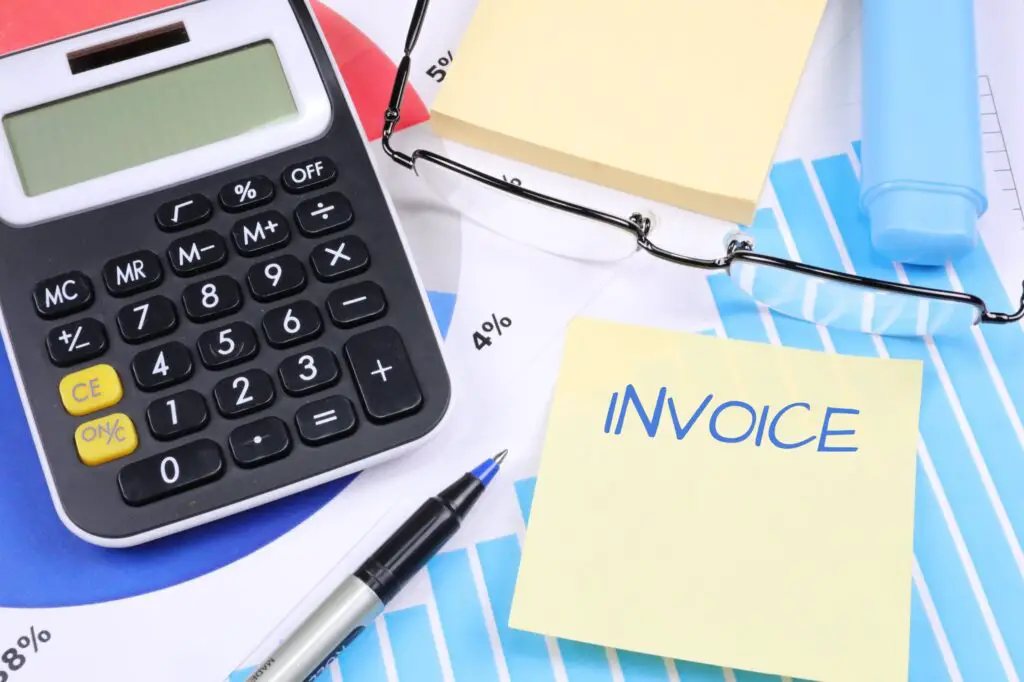
Invoices are documents that itemize a transaction between a seller and a buyer. They request payment and can be paid in full or in installments. They also help in keeping track of sales. The purpose of an invoice is to ensure that both parties receive what they agree on. Read on to learn more about the uses of invoices.
Invoices are a document that itemizes a transaction between the seller and the buyer
An invoice is a written document that details a transaction between the seller and the buyer. It includes the terms of payment, the price of items and services, and shipping and handling charges. The document must state that it is an invoice and is time-stamped. The date of the transaction is important for determining credit terms and tracking return policies. An invoice should contain details about the services or products provided by the seller, including the product ID or SKU.
Invoices are a vital part of any business, as they are a written agreement between the seller and the buyer. They detail what was purchased and provided, and the date when the payment is due. However, many people confuse invoices with purchase orders, which summarize the buyer’s request. Invoices are different from receipts, which document the sale that has already been completed.
They can be used to request payment
If you’re receiving invoices that request payment from someone who has sold you some goods or provided you with a service that you asked for, you will need to pay it on the agreed terms. According to the 2020 Atradius survey, 32% of businesses have difficulty paying suppliers because their invoices have become overdue. Requests for payment should be handled professionally to avoid losing business.
They can be paid in one go or in installments
Businesses offer a variety of payment options to their customers. One of these options is to accept payments in instalments. The customer will receive an invoice with specific payment terms and will be able to make installments until the debt is paid off. In other words, if a customer wants to purchase a £2,400 piece of furniture, he or she can pay it off in 12 monthly payments of £200 if that is what has been agreed between the buyer and the seller.
Invoiced’s payment plan calculator allows you to set up a payment plan that works for you. This tool handles all of the common scheduling scenarios and will calculate the number of payments based on your payment schedule. It also allows you to enter a Fixed Stop Date and a Fixed Time Between Installments. You’ll then see a full breakdown of your payments.
Invoices help track sales
Invoices are a vital part of running a business. They document the written agreement between a seller and a customer, including details of products or services provided and the date that payment is due. Invoices are not the same as purchase orders, which list the buyer’s requests and do not request payment. Invoices request payment and are therefore crucial to a business’s cash flow and financial records.
An invoice helps track sales because it provides a paper trail and can be used to send payment reminders or add late fees. You can mail a paper invoice to a customer or send it electronically by using invoice tracking software.
They help monitor payments due
An invoice is an essential document for tracking payments due, incoming revenue, and sales. It is necessary to have this data to keep your books up to date and calculate key metrics. Moreover, invoices help you monitor your payments due, as you can check your unpaid invoices and estimate your future earnings.
Generally, invoices include information on payment details such as its number, due date, and amount. You need to review your accounts payable every week to ensure that your vendors are being paid on time. You can do this manually or by using accounting software. You can even set up an automatic system to issue and track invoices and track payments.

